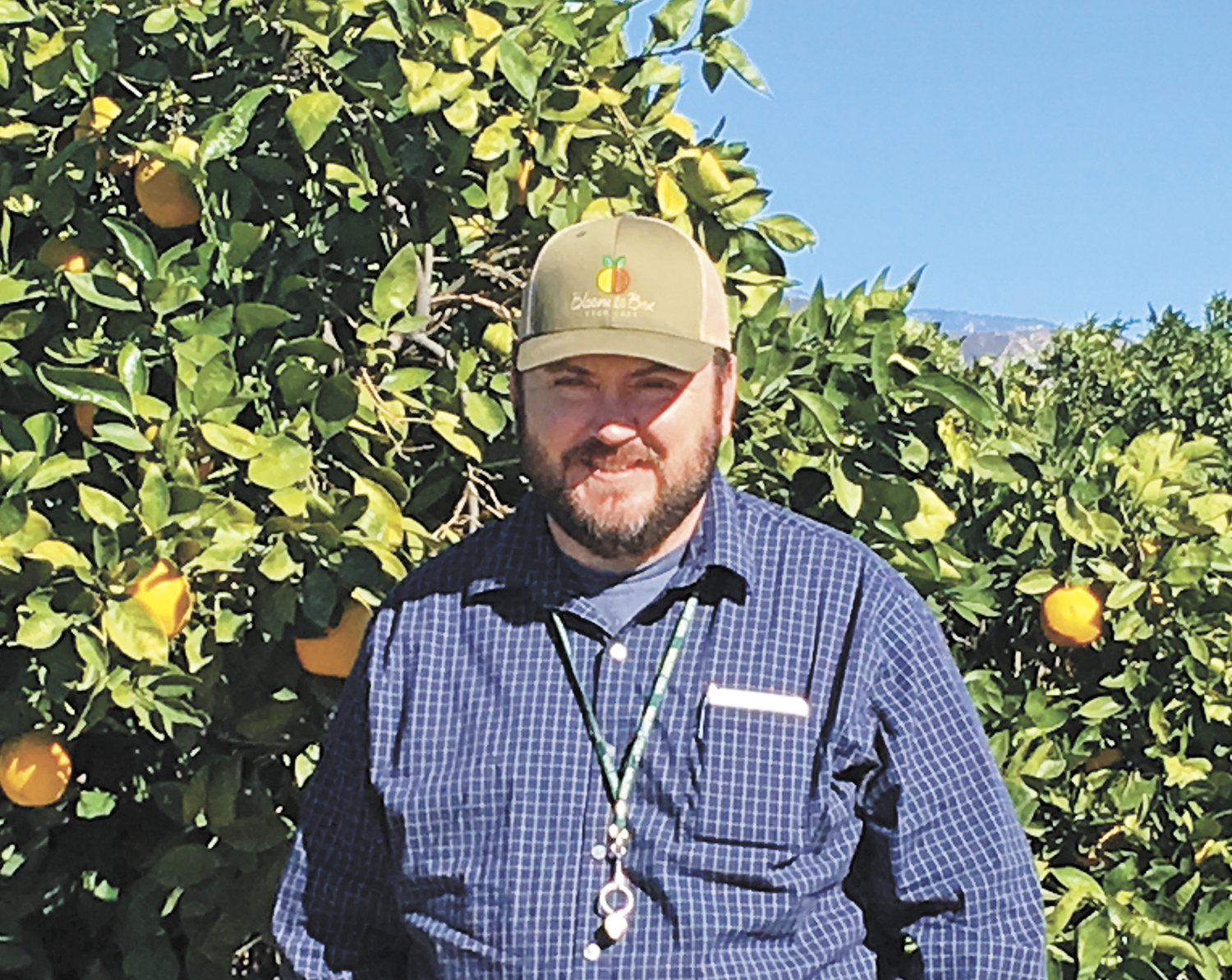Ask Your PCA: What is the best way to manage avocado thrips?

Chris Boisseranc

By Chris Boisseranc, Southwest Ag Consulting Inc., Redlands
Thrips in avocados are very similar to thrips in citrus. Thrips live in the calyx of the flower and on the back of the leaves throughout the year, then move to the fruit during the period of tender susceptibility. Avocado bloom starts in March and goes to May when fruit set occurs.
Thrips cause economic damage to the fruit by leaving a scar, but they don’t cause interior damage to the fruit. They cascade down the entire fruit, which will look like a russet potato by harvest. The blemish can be so significant that it could limit fruit size and quantity on trees. If there is significant pressure, they can shatter the flowers, affecting production and quality.
Thrips don’t damage the tree overall, but they can do some leaf damage, mainly with undulations and small markings.
Weather impacts thrips pressure. Avocado thrips thrive in the cool, mild coastal environment.
There are organic and conventional treatments. Applications are usually made from late May and can extend well into the summer months in some regions. For avocado thrips, there are fewer treatment options because they are a smaller commodity.
Thrips aren’t as aggressive in avocado as they are in citrus. Depending on pressure, avocados need only one to two sprays a year. Pesticide rotation is advised to reduce resistance.
The materials for organic growers are specifically targeted for thrips and won’t affect predatory mites. They are available for conventional growers, but they are much more expensive than conventional treatments.
There are beneficials that are predators to avocado thrips, but they’re usually not quick enough to manage the populations without chemical treatments. Bottom line with beneficials: They assist in controlling thrips and prolong the applications.




